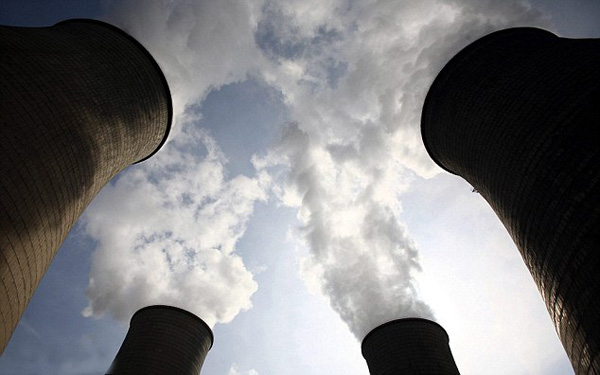Miners in the so-called “Golden Triangle” coal region in northwestern China are facing serious operation difficulties, as the domestic coal market continues to deteriorate amid sluggish demand and excess supply.
Over the past ten years, the three major coal production areas – Ordos of Inner Mongolia, Yulin of Shaanxi and Shuozhou of Shanxi – had been called the "Golden Triangle" coal region for its huge coal output, high economic growth and mountains of wealth created in the coal industry’s golden time.
The good days now seemed to have come to a halt, and these regions now are in an overall stagnation. Most miners have either seen their margins slump or even suffered losses amid continuously sliding prices, and numerous small and medium-sized miners have been forced out of the market.
Mines in Pinglu mining area in Shuozhou of Shanxi are faced with great sales pressure, suffering a loss of 20-60 yuan for every tonne of coal sales, local sources said.
Even state-owned China coal Pingshuo Group began to suffer loss in May after a pathetic 2 yuan/t margin in April, according to one official with the group.
Coal producers in Ordos of Inner Mongolia posted an 8.8-billion-yuan or 66% year-on-year slump in sales profit in the first four months of the year; loss-making mines in Zhunger Banner accounted for nearly 40% of the operating mines, with only few mines in 10-20 yuan/t of profit, showed data from local coal bureaus.
"We hope banks could continue offering loans and lower interest rates, and government departments could take effective measures to clear up coal-related taxes and fees and simplify the procedures”, said one Ordos-based large private miner.
If the government continues to stay aside, more private producers would have to withdraw from the market, the miner added.
Financing environment has also deteriorated in Yulin of Shaanxi; state-owned banks have nearly stopped granting loans for coal companies, and the approval rights for loans above 100,000 yuan are now controlled by the provincial-level branches.
Great repayment pressure are weighing on private coal producers in Ordos of Inner Mongolia, which contribute 70% of the city’s total output, with the remaining 30% by Shenhua and China Coal.
A large private miner in Ordos said if banks stop offering loans, the local coal industry will face big problem.
Although provincial governments are taking measures to save the market, the effects have been limited for the moment.
Besides weak demand amid a slowing economy, huge overcapacity is considered as one of the most fundamental factors causing the persistent price decline. Insiders anticipated that huge investment during the past few years is set to add some 2.1 billion tonnes of new capacity by 2020.
Additionally, low level of coal conversion and environmental concerns would also exacerbate overcapacity in the Chinese coal industry.
In 2013, Ordos, Yulin and Shuozhou remained the top three coal producing cities in China, with output of 576 million, 339 million and 220 million tonnes, respectively, combined making nearly 1/3 of the country’s total, showed official data.
